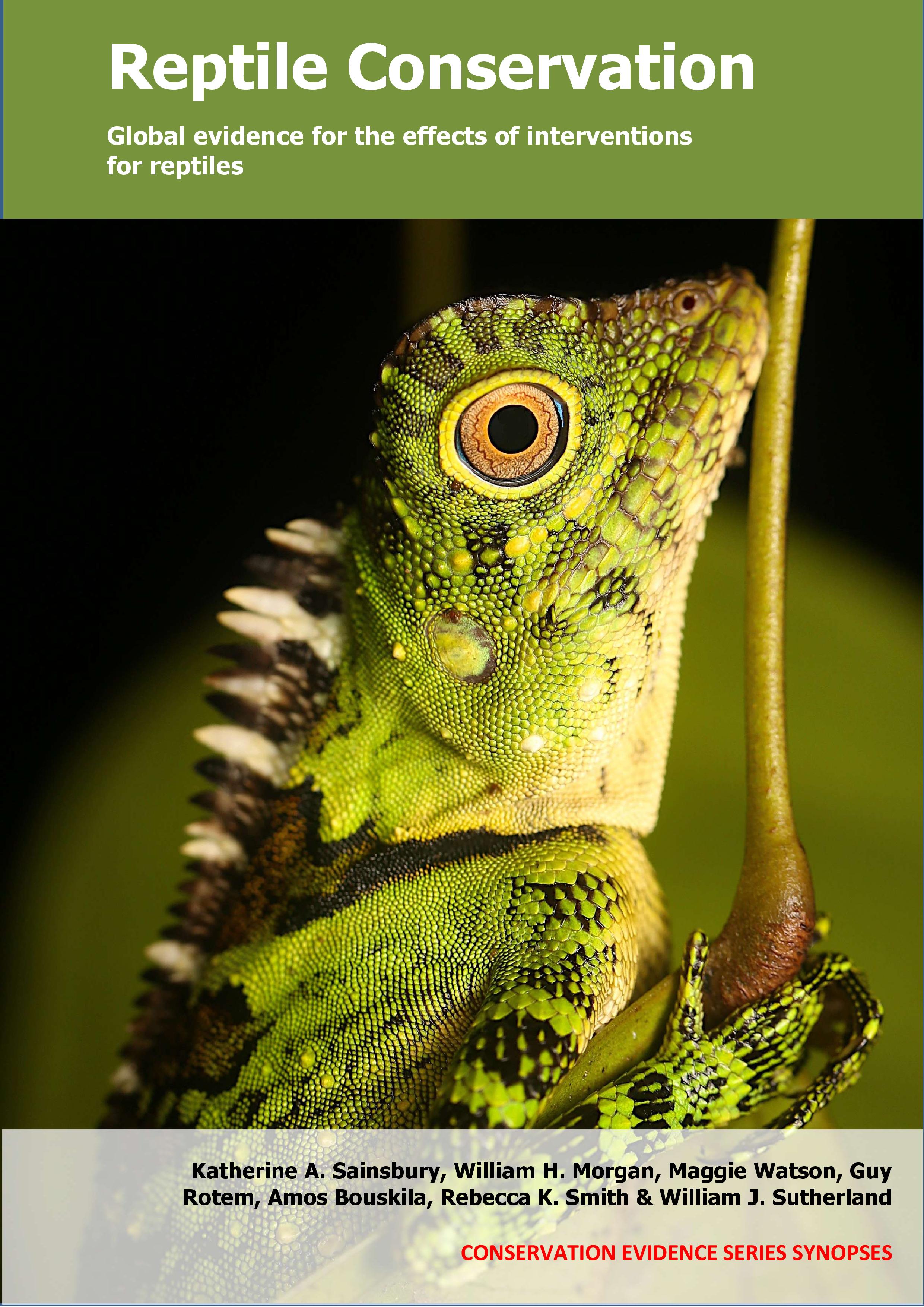Use artificial insemination
-
Overall effectiveness category Awaiting assessment
-
Number of studies: 1
View assessment score
Hide assessment score
How is the evidence assessed?
-
Effectiveness
not assessed -
Certainty
not assessed -
Harms
not assessed
Study locations
Supporting evidence from individual studies
A replicated study in 2008–2009 in outdoor enclosures in Dunedin, New Zealand (Molinia et al. 2010) reported that artificially inseminated female McCann’s skinks Oligosoma maccanni did not give birth, although approximately half were gravid nine months after insemination. None of 10 artificially inseminated female McCann’s skinks gave birth in the year after insemination took place. Two months after insemination, eight of 10 artificially inseminated females were confirmed as ovulating and the authors reported that nine months after insemination approximately five of 10 of the females appeared to be gravid. Ten female McCann’s skinks kept in captivity were inseminated in March 2008 using sperm pooled from six males collected over two days (each female received at least 1 x 106 motile sperm, see original paper for details). Females were checked for ovulation by palpating the abdominal cavity.
Study and other actions tested
Where has this evidence come from?
List of journals searched by synopsis
All the journals searched for all synopses
This Action forms part of the Action Synopsis:
Reptile Conservation
Reptile Conservation - Published 2021
Reptile synopsis





)_2023.JPG)














